#first punic war
Text

A bronze Roman battering ram (weight of 204kg) This used to be attached to the bows of Roman warships and smashed the enemy ships of Carthage at the Battle of Aegates off the coast of Sicily on 10 March 241 BC.
99 notes
·
View notes
Text
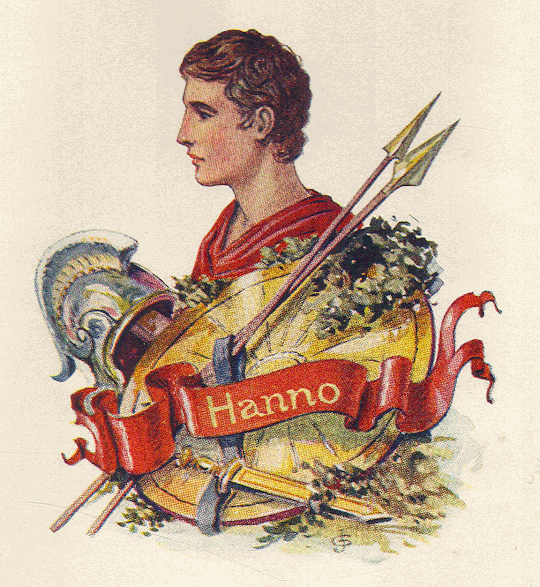
#hanno#carthage#art#john goss#carthaginian#carthaginians#ancient carthage#antiquity#mediterranean#punic wars#first punic war#second punic war#ancient rome#roman#romans#history#europe#north africa
42 notes
·
View notes
Text
I'm not even into military history but the Second Punic War goes so hard:
A cycle of revenge across two continents
Tactical and strategic brilliance
Deadly ramifications of colonialism and toxic masculinity
Gender-nonconforming Scipio Africanus
Hannibal the child soldier with generational trauma
Defense of the realm allocated to a man named Mr. Bean
Mr. Bean refuses to actually fight Hannibal and it WORKS
Motherfucking elephants crossing the motherfucking Alps
Scipio letting his arch-nemesis go free because, after twenty years of war, they've developed a grudging mutual respect, and have more in common with each other than with their own governments
Where is the enemies to lovers lesbian fanfiction??
#i would write it myself except that i have a job. and too many books to read first#but in the meantime this AU is fermenting in my head like fine wine#punic wars#scipio africanus#hannibal#jlrrt speaks#lesbian punic war
88 notes
·
View notes
Text
*48 hours after being introduced with a punic war hyperixation* There needs to be a Second Punic War Musical for god's sake WHERE IS HOLLYWOOD---
#idk man the romans#i dont even like the romans#imagine the freaking first song called 'enemy of Rome' and it goes through hannibal's youth in conquering the spanish peninsula#and the blood promise in baal's temple#then imagine some songs later scipio's song is 'protector of Rome' and some of the lyrics are almost the same as hannibals song but while#theres a lot of suspense and thrill in Hannibal's song with Scipius it is dread and caution awating for something impossible but not#surrendering#ohhhh a song about cannae will be hell on earth#'Monster at the Gates' for a song title about Hannibal arriving to the peninsula#'Monster of the Alps' also sounds good#'One last toast' as an ending song#okay got some worm juice out of my brain now i shall leave forever#punic wars#hannibal barca#scipio africanus
33 notes
·
View notes
Text
my toxic trait is that no matter how overused the metaphor of the ship of state is. i will always find it cool and fun :/
#i like boats and i like the collapse of the roman republic :/#also i need to finish reading that book on ship stuff and the first punic war now that i’ve read more silius because. hrgh#beeps
56 notes
·
View notes
Text
i'm fundamentally opposed to book titles in translations of ancient epics ('beguilement on mount ida,' 'a hero's son awakens,' 'the olive tree bed,' 'camilla's finest hour,' 'juno served by a fury') bc it just seems like too much to me to presume you know what single thing the book is really about, but christopher logue is allowed to do it
#i have the collected volume but just bought the husbands (books 3-4) and yeah. he's right. that IS what books 3 and 4 are about#fitzgerald does call iliad 3 'dueling for a haunted lady' which is cool but the rest of his book titles suck#iliad 18 isn't 'the shield of achilles' and aeneid 8 isn't 'the shield of aeneas' there's a LOT more going on in both#even aeneid 5 isn't just REALLY about the funeral games (bc its also about the first punic war)#and all the more so with the homeric epics whose book divisions were not intentional and who had no author to focus on a single thing at on#titles are useful indicators of what the translator thinks the book is really about and what they think everything else is supporting tho#like does the translator think the embassy to evander is central and the shield a supporting detail or vice versa?#(aeneid translators are 50/50 on whether book 8 should be titled based on the shield or based on evander and the arcadians btw)#and like. does odyssey 4 take its title from menelaus' tale or helen's tale or do you call it 'the king and queen of sparta' or something#its really funny when translators try to do book titles with the metamorphoses though#'impious acts and exemplary lives'? 'of the ties that bind'?#those tell me nothing about what's even in the book let alone what the translator thinks the most important part is#(this is a not small part of the reason i have not gotten the new stephanie carter translation.#efforts to divide epic neatly even into the book divisions used by the author rub me the wrong way.#going beyond that and presuming to be able to say where one story ends and another begins... it's not for me)#mine
27 notes
·
View notes
Text
I don't talk nor actually think a lot about my Hetalia OCs in the actual hetaverse these days, but there is not a doubt in my mind that little Sicily bit every single last colonist who first set foot on the island in the first millennia BCE. Curious and feral problem child.
#He's like a puppy dog just chomping down#I don't even know who he is. Is he a representation of the natives aka Elymer Sikaner and Sikuler?#is he the herald of a vague concept of the future island?#TECHNICALLY he should have been born out of the Roman Province after the first punic wars#but I like him too much as Greek Sicily so baby boy is older#aph#hetalia#hetalia oc#aph sicily#hws sicily#Also doesn't matter what type of Greeks or Phoenician. He chomp.#and probably lived most of his time at some point in Syracuse and brought some real brat energy there as well
17 notes
·
View notes
Text

huh?? what?? HUH?????
#ok i checked and its for the vaporwave graphic i made for the first punic war???#i need to look at the post map. if i can figure out how
4 notes
·
View notes
Text
For a bit of a left-field materialist moment, people have been mentioning recently (due to an ACX post) the fact that people in the ancient world did not have PTSD from war. I think this result is quite robust; war was a nigh-universal part of life for many people, writings about war and its aftermath were the most popular topic of writing around, and we have robust documentary evidence about every other negative impact of war that people did experience. Certainly someone in the ancient world had some equivalent, but if it was at all as common as it is now it would have been discussed, and probably even named and addressed as part of martial culture. Instead its a complete ghost.
I do feel like reaching towards "martial culture" as the explanation is a bit weird though? It plays a role, for sure, I do agree that a society that raises someone to know that killing and fighting is Good, Actually, is going to be better mental prep for said activities. But a lot of societies today, and way more within "modern war" memory, had martial cultures! Virtually all societies fighting in WW1, where PTSD was first widely observed, had very similar values to the Romans; fighting is noble & good, and it is right to kill for your country. Those values just broke down in the conflict itself. And I think this too is giving the past too much monoculture; wars like the Second Punic War or the Thirty Years War had intense levels of population mobilization, which meant they were tapping manpower from every sector of society, and a lot of those individuals or communities had their own values that were less martial (think Jewish communities in Europe, for an example). And those wars don't show much new evidence. That evidence could be lost, its the kind of evidence that would be lost ofc, but it still points in that direction.
And its weird to point to culture when technology seems like the way bigger cause? Its why we called it shell-shocked after all! War in the older days was very concrete and typically concentrated. You marched at more-or-less peace for months, saw an enemy, arrayed for battle, and fought right up against a guy in front of you. If you won it was on your own strength against dudes in eyesight swinging metal; if you lost you ran away or were dead and so don't get PTSD. I can see how this isn't a recipe for flashback triggers, it wasn't that different an environment from your day to day 99.9% of the time. Meanwhile modern war is massively loud explosions, people randomly dying next to you, and in contexts like trench warfare or counterinsurgency its constant levels of awareness for the idea of metal cracking your skull in every direction. And we do get reports of PTSD-style symptoms from earlier WW1-style conflicts like the Russo-Japanese War. I think war-based PTSD is in some part a literal noise issue, and modern war is much louder.
Both probably play a role, but I think technology is the main one. War is now a factory for breaking one's sense of place in the world, almost by design (that works better for killing the enemy), so it really isn't even that surprising.
361 notes
·
View notes
Text
Aziraphale’s Flaming Sword
get your mind out of the gutter - seriously it’s gonna get worse
i’m sure someone has already pointed this out and some meta post have been made but I just wanted to infodump about the actual history behind this sword so yeah

His sword is modeled after the Roman Gladius -or is it the other way around ;) - specifically the Pompeii version - so let’s just get into breaking this sword down
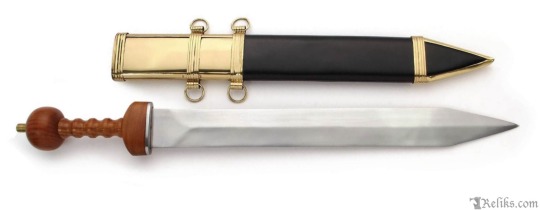
The Hilt
This type of sword has a three part hilt consisting of a pommel (which is used to counterweight the blade), a grooved wood grip (so your fingers fit better and thus have a stronger grip), and a guard (protects the hands from slipping onto the blade)
The Blade
For the Pompeii version of this sword it has double-edge sides that are parallel and come to a short, strong point - typically it would be made out of steel
Size
Usually ranged from 18-28 inches as it continually got smaller and smaller over the years
The History
(the most widely excepted one at least)
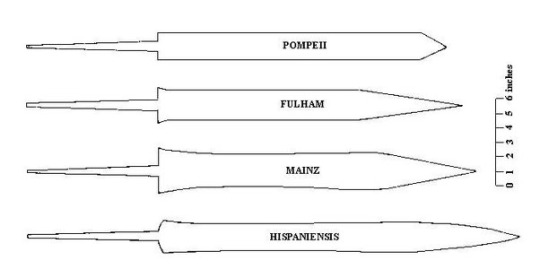
The Pompeii is actually one of the latest versions of the Roman Gladius so let’s go back to the beginning
The official origins of this sword have been up for debate but as for how it came under Roman influence that is credited to the Punic Wars in 3rd century B.C. (Republican Rome) - specifically to the Iberians who were allies to the Carthaginians and used a short sword that came to be called the “gladius Hispaniensis.” After the wars the Roman army (besides the cavalry) adopted these swords and began to make changes to better suit their needs.
Thus the Mainz-Fulham gladii came to be. It was their first attempts at making this devastatingly destructive sword the perfect sword for their use so they pretty much ended up retaining the shape (wasp-waisted) and only really making it shorter - mainly used to get through chainmail
Then the Pompeii version comes along with new parallel sides and a shorter tip - along with also making the whole sword smaller once again - mainly used to get through plate armor
This sword would then last the Roman legionary and auxiliary infantry until 2nd century A.D. when they are replaced with the spatha
But in the end this sword served the Roman Empire for more than three centuries, in both their Republic and Imperial times - that’s pretty damn impressive
Fighting Tactics

The Romans are pretty iconic for their tight formations and their Scutum shields
They also carried three different types weapons with them - couple of spears/javelins, a short sword, and a dagger. Obviously we are going to focus on the short sword
Soldiers actually wore their swords on their right side instead of their left because they were in such tight formation they didn’t have room to draw it across their body
With the exception for a Roman Centurion - who were commanders of a unit of about 100 soldiers and 60 of these guys(and their men) made up a Legion - as they wore their swords on the left
Now for what made the gladius so useful to the Romans was that it is mainly a thrusting sword - quick and efficient stabbing - which worked best with their formation but because it was also a double-edged sword it was great at cutting too if their formation ever broke
What they would do is while they were in their formations and trying to advance on the battleground they would take their sword and thrust it beside or above the shield - if they hit their target it more than likely resulted in a fatal injury. Though they weren’t above cutting their opponents at the knees - quite literally because if the opportunity arose they would lift their shields above them and slash at their knees.
It was all a very efficient way of fighting that served them well
obviously this is a very condensed version of a lot of history but it is the Human history behind Aziraphale sword
(and yes this is the type of sword the Roman soldiers have on them at Jesus’s crucifixion)
#quite literally just the history behind the sword#nothing else#good omens#good omens 2#aziraphale#aziraphale’s sword#good omens meta
243 notes
·
View notes
Text
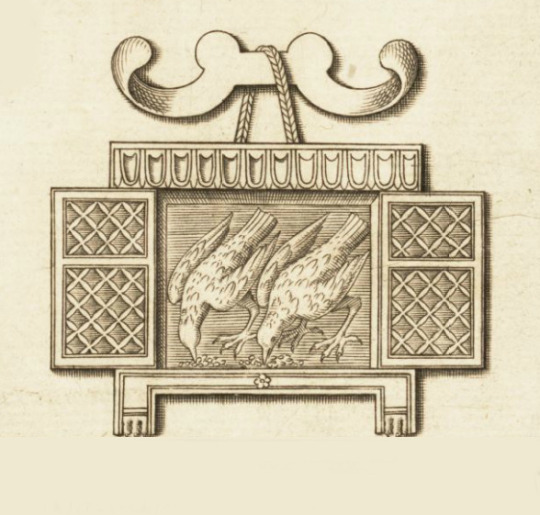

The Sacred Chickens of Ancient Rome
In Ancient Rome the Sacred Chickens were a roost of…sacred chickens that were used for divination by Roman priests. Revered for their ability to give portents of the future, the chickens were attentively raised and kept by the priests, hence why depictions of Roman priests often show them with chickens.
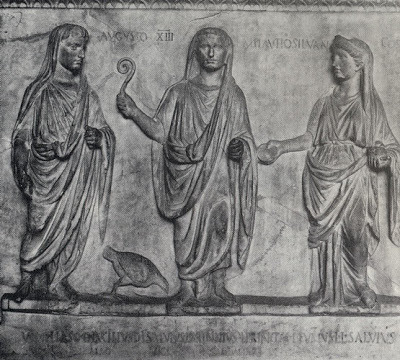
To use the Sacred Chickens for fortunetelling, feed would be spread around the ground and the chickens set loose. If the chickens ate voraciously then a favorable outcome could be expected. If not, then an unfavorable outcome was expected. If a favorable outcome was needed, then the chickens would be kept in cages for a period of time without food before being set loose, which seems to me no different than shaking a magic eight ball repeatedly until you get the right answer. Regardless, the portents of the Sacred Chickens were taken very seriously, and matters of state or military were not conducted until first consulting with the chickens.
In 249 BC during the First Punic War, the Roman Consul Publius Claudius Pulcher was leading a fleet of 120 Roman warships on a surprise attack on the Carthaginian port of Drepana. When feed was spread out on the deck of the ship, the chickens refused to eat, signaling that the attack was doomed to failure. Pulcher, believing the Sacred Chickens to be superstitious nonsense, ordered the chickens cast overboard exclaiming “Bibant, quoniam esse nolunt” (Let them drink if they will not eat) . The morale of the Roman fleet spiraled downward. After all how could one conduct a successful military campaign without good portents from the Sacred Chickens? When the fleet attacked the port, it made a clumsy and slow advance against the harbor, thus losing the element of surprise. The Carthaginian fleet quickly mobilized and attacked the Romans, sinking or capturing 93 Roman ships. Ignore the Sacred Chickens at your own peril!
Of course today we know it is unlikely that the Romans lost the battle because of the Sacred Chickens. Fortunately today in our modern societies we do not take such superstitions seriously. Oh BTW Punxsutawney Phil didn't see his shadow, so spring is around the corner! Better go get my snow tires removed.

99 notes
·
View notes
Text
The Future Is Noir
Scenography for the darkness with the uncertain future. Architecture of fear in the cinema of 1920s.

Considered the quintessential work of German expressionist cinema, the Cabinet of Dr. Caligari (1920) by Robert Wiene tells the story of an insane hypnotist who uses a brainwashed somnambulist to commit murders.
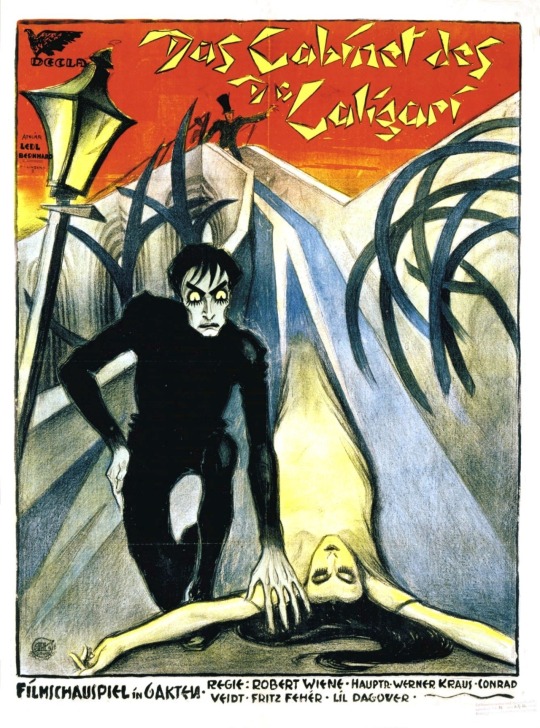
youtube
The film thematizes brutal and irrational authority. Caligari can be representing the German war government, with the symbolic of the common man conditioned to kill. The film include the destabilized contrast between the subjective perception of reality, and the duality of human nature.

An unofficial adaptation of Bram Stoker's 1897 novel Dracula in film is the German version of Nosferatu: A Symphony of Horror (1922) by F. W. Murnau. Nosferatu is an archaic Romanian word Nesuferitu` meaning the offensive or the insufferable one. The movie is actually about the First World War and the plague is a metaphor for the mass death and destruction of the war.

youtube
Nosferatu was banned in Sweden due to excessive horror until 1972. All known prints and negatives were destroyed under the terms of settlement of a lawsuit by Bram Stoker's widow.

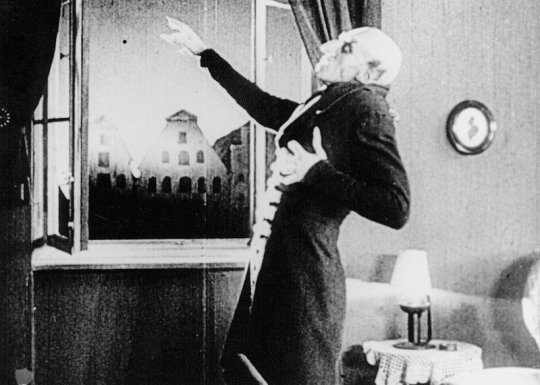
Berlin – Die Sinfonie der Großstadt (1927) is an experimental documentary by Walther Ruttmann. It begins with a drive of a high-speed train pulled by a steam locomotive through meadows, arbor and residential areas into the city and thus delimits the surrounding area from the big city.

The train arrives at Anhalter Bahnhof near the city center, where streets empty in the morning are filling up with people on their way to work. The rhythm of the city is getting faster and faster. With the 12 o'clock bell strike, the speed collapses. After lunch break and food intake, however, it begins to accelerate again in the afternoon.
youtube

Cabiria (1914), an Italian epic silent film by Giovanni Pastrone, was shot in Turin. The film is set in ancient Sicily, Carthage, and Cirta during the period of the Second Punic War (218–202 BC).

It follows a melodramatic main plot about an abducted little girl, Cabiria, and features an eruption of Mount Etna, heinous religious rituals in Carthage, the alpine trek of Hannibal, Archimedes' defeat of the Roman fleet at the Siege of Syracuse and Scipio maneuvering in North Africa.
youtube

One the most influential films in cinema history, Dziga Vertov's exhilarating ode to Bolshevik Russia the Man with a Movie Camera (1929). It is a visual argument for the place of the documentary filmmaker as a worker, educator, and eyewitness in a proletariat society. The film is an impressionistic view of urban daily life, seen from a purely cinematic perspective.

youtube


74 notes
·
View notes
Text

The Departure of Marcus Attilius Regulus for Carthage
by Jacques-Louis David
#marcus attilius regulus#art#jacques louis david#roman republic#ancient rome#carthage#punic wars#first punic war#ancient carthage#history#antiquity#rome#roman#romans#europe#european#mediterranean#general#wife
46 notes
·
View notes
Text
"Average man thinks about Roman Empire every week" myth actually statistical error. Jlrrt, who thinks about the Romans nine million times a day, is an outlier and should not have been counted.
#when i first saw that meme i immediately asked 'how are they defining empire'#'does the republic post-1st punic war count as an empire'#and then i realized#i am exactly the person they were talking about#my email address is named after the romans and it's old enough to vote#about jlrrt#just roman memes
17 notes
·
View notes
Text
Driver's Ranked by Year
Ok, this is going to be a long one because I don't want to spam, so everybody buckle up
Disclaimer: This is not my personal ranking of the ships, this is purely based on how I view the historical event that takes place in the year that the numbers make up. I will happily further explain any of the events, my analysis of the events with the ship, and why I ranked them that way if anybody is interested. I tried to get a variety, but I am better with western history so there is more of skew towards western history. I have used both CE and BCE years to create more variety. As with everything with RPF, I do not believe any of these drivers are together and this is all in good fun, if you don't want to view it as ships view them as teammates! All images are pulled from google.
okie dokie here we go, Hope you enjoy!!
*means that it is in the area of that time period and do not have exact date or may occur over multiple years
1. Maxiel - 31 BCE

Jesus was crucified in 31 BCE
2. Simi - 75 BCE
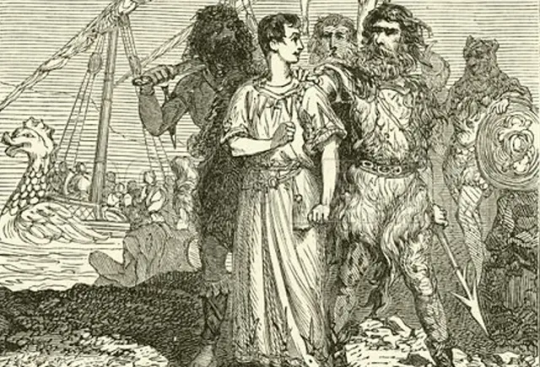
Julius Caesar was kidnapped by pirates and demanded a higher ransom in order to be saved
3. Lestappen - 1633 CE

Galileo was convicted of Heresy for saying the earth goes around the sun
4. Brocedes - 644 CE

Zenkoji temple is built by Empress Kogyoku
5. Zhou + Mick - *4724 BCE
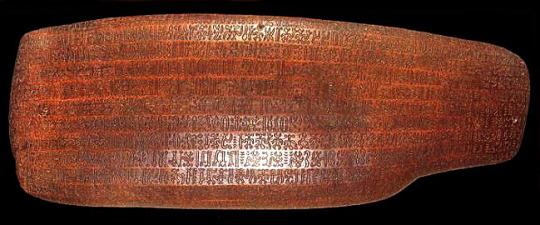
Earliest form of photo-writing in history
6. Yukierre - ~2210 BCE

Hale Bopp comet is seen and won't be seen again until 1997 CE, about 4,000 years later
7. Landoscar - ~814 BCE

Homer was born
8. Fernando + Esteban - 1431 CE
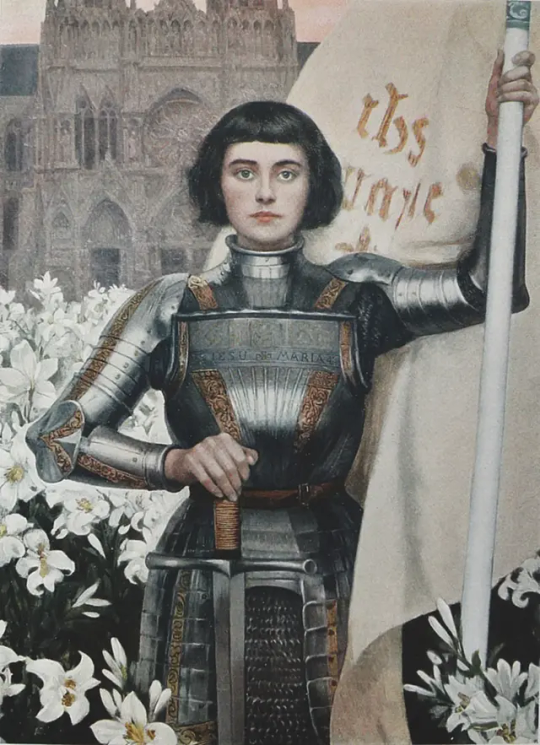
Joan of Arc is burned at the stake
9. Zhou + Valtteri - ~7724 BCE
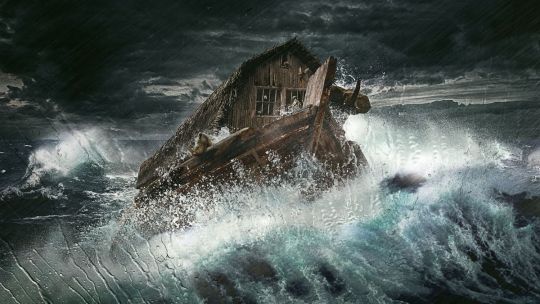
Tollmann's hypothetical bolide which led to global cataclysm, i.e. the great flood
10. Loscar - ~812 BCE

Olmecs began to build their pyramids, earliest pyramids from mesoamerica
11. Lewis + Charles - 1644 CE

one of eight years to contain each roman numeral once- MDCLXIV
12. Oscar + Zhou - ~2481 BCE

Construction of Stonehenge
13. Esteban + Pierre - ~3110 BCE

Narmer reigns and unifies Egypt for the first time
14. Carlos + Max - 551 BCE

Confucius was born
15. Sewis - 544 BCE
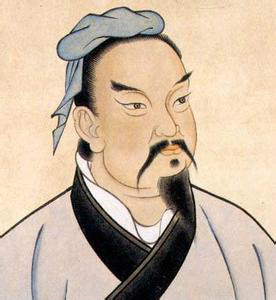
Sun Tzu, author of The Art of War, was born
16. Esteban + Lance - 1831 CE
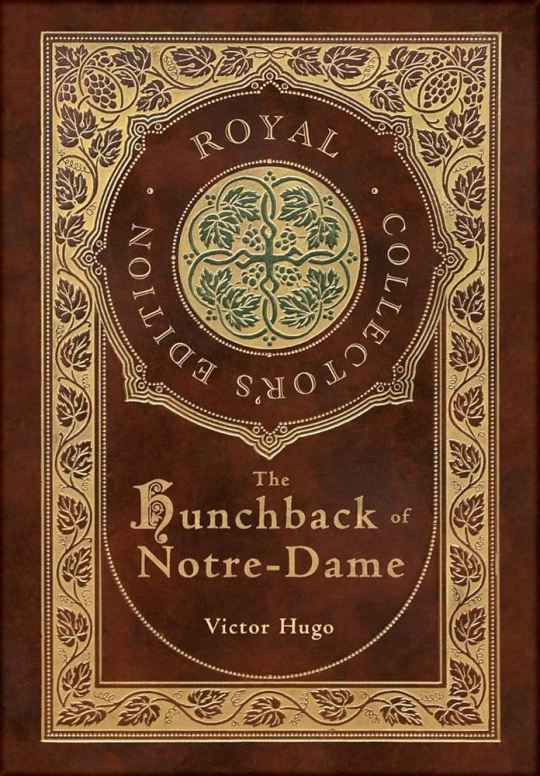
Victor Hugo publishes the Hunchback of Notre Dame in Paris
17. George + Lewis - ~6344 BCE

Great Britain and Ireland separated from the main land and became Islands
18. Oscar + Max - 181 CE
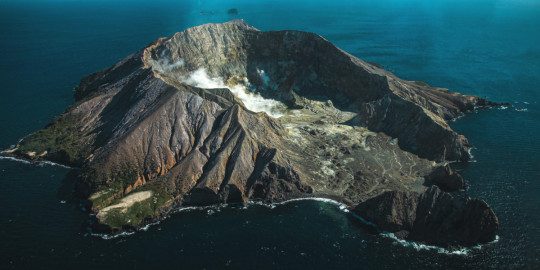
Lake Taupo Volcano erupts in New Zealand and is seen in both China and Rome
19. Max + Lewis - 441 BCE

Sophocles writes Antigone, one of the first greek tragedies
20. Lewis + Valtteri - ~7744 BCE

Agriculture starts to develop in the Americas
21. Fernando + Lance - 1814 CE

The Great Stock exchange fraud is exposed in London
22. Logan + Alex - 232 BCE
Gaius Flaminius distributes land to Plebians after the Punic Wars in the North
23. Lando + Daniel - 43 CE

Roman conquest of Britain
24. Lando + Max - 41 BCE

Mark Antony meets Cleopatra VII
25. Charles + Pierre - 1610 CE
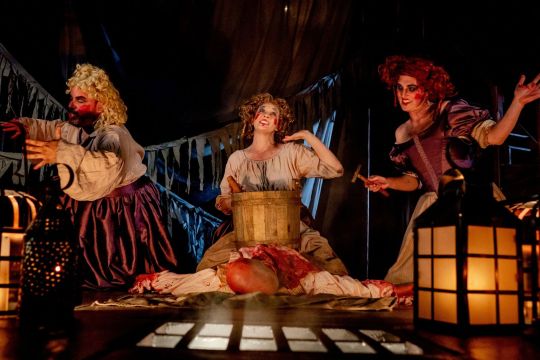
Tragedy of Macbeth's first performance
26. Nico + Kevin - ~2027 BCE
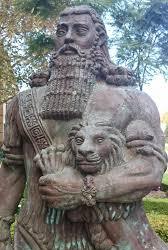
The Epic of Gilgamesh is written
27. Galex - ~2363 BCE

Hekla 4 eruption with a VEI 5, explosive eruptions, but nobody was hurt
28. Charles + Lando - 164 BCE

Halley's Comet makes its appearance, occurs once every 75 years
29. Checo + Max - 111 BCE

Spartacus was born
30. George + Lando - 634 CE
The Siege of Damascus
31. Carlando - 455 CE

King Generic sacks Rome
32. Charles + Carlos - 1655 CE

Saturn's largest moon, Titan, is discovered
33. Charles + Sebastian - 165 CE
Antonine plague decimated the Roman Empire and China
#f1#formula 1#charles leclerc#max verstappen#lestappen#lando norris#oscar piastri#landoscar#maxiel#daniel ricciardo#kimi raikkonen#sebastian vettel#lewis hamilton#nico rosberg#brocedes#zhou guanyu#mick schumacher#yuki tsunoda#pierre gasly#yukierre#fernando alonso#esteban ocon#valtteri bottas#loscar#carlos sainz#sewis#lance stroll#george russell#alex albon#logan sargeant
46 notes
·
View notes
Text


aeneid 1.421-9 trans. a.s. kline / thomas biggs, poetics of the first punic war
#aeneid daily#still on yesterday’s whoops#when the hashtag architecture of anachronism hits#eventual blorbopolis tag#aeneid#beeps
393 notes
·
View notes